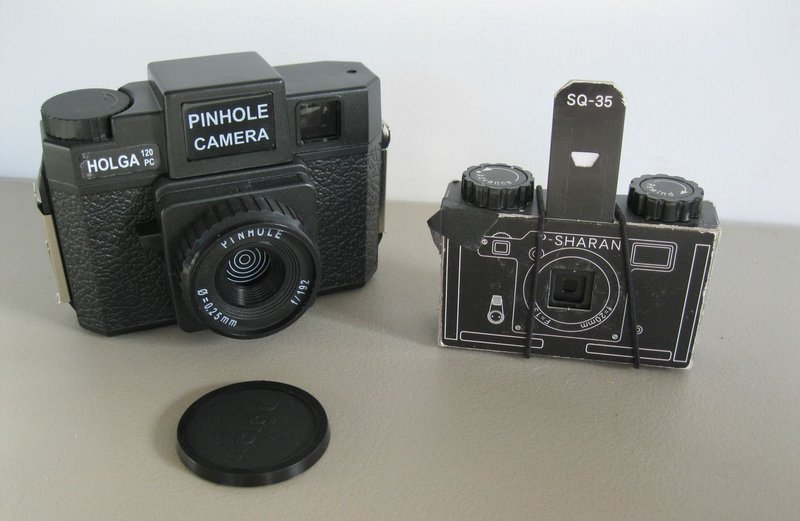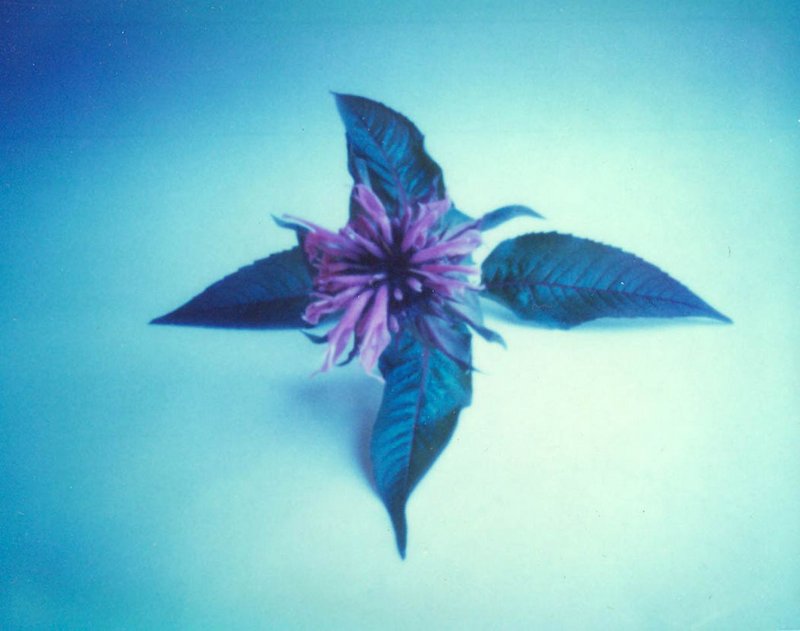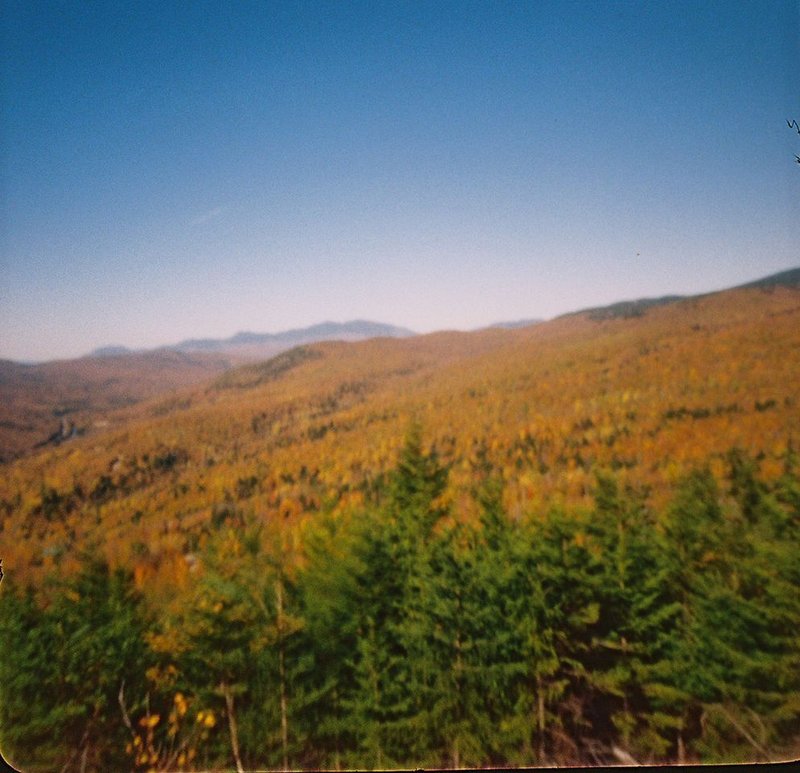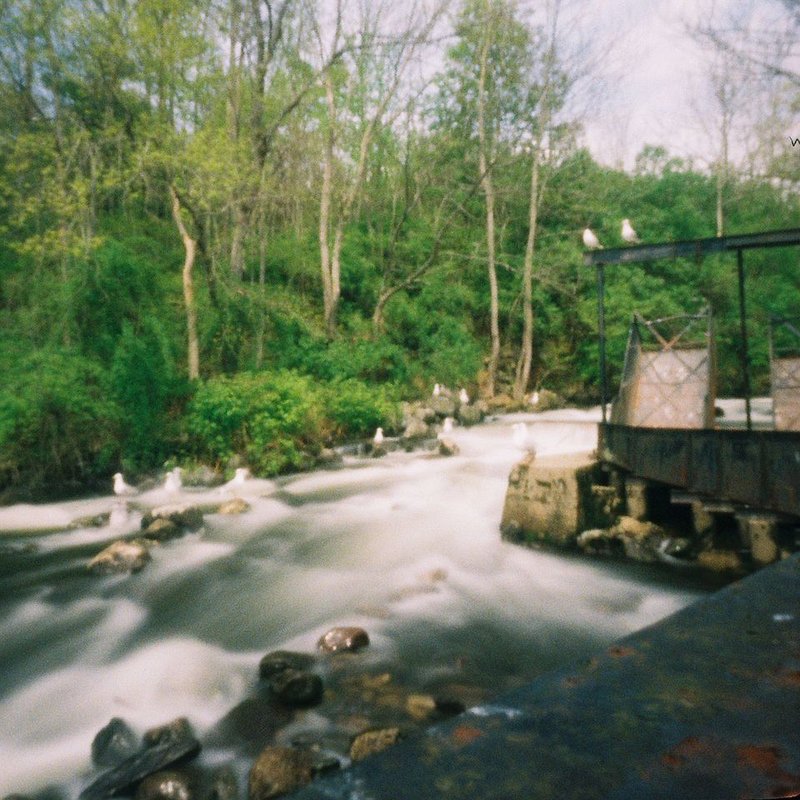There is now an entire generation that doesn’t remember when taking a picture with a camera was a fairly magical thing. Today, anyone with a phone can snap a photo at anytime, at any place, and then download it to a computer and send it anywhere.
But there are still people who understand — and appreciate — the fairly simple technology that first made photography elicit “oohs” and “ahhs”: Light coming through a hole and projecting in image in a darkened room or box.
There is a growing number of folks interested in taking pictures the old-fashioned way — the really old-fashioned way — and creating art with a portable version of a very simple technology known as a pinhole camera.
And Sunday is their day to share their passion with the world, because it is Worldwide Pinhole Photography Day.
Yes, there is indeed a day for everything.
But Worldwide Pinhole Photography Day is a little different than some random-sounding day celebrating hairstyles or bad poetry, because it’s an opportunity to learn something really interesting and potentially empowering. (Hairstyle Appreciation Day, by the way, is April 30, while Bad Poetry Day falls on Aug. 18.)
At three Maine events related to the pinhole photography day — one on Thursday and two on Sunday — people can assemble a pinhole camera, learn about their history and operation, and take pictures with them.
Most pinhole cameras use photographic paper or 35-millimeter film, so the pictures have to be developed. (For those of you under 30, you might want to look that term up.)
Once developed, the images taken on Worldwide Pinhole Photography Day can be shared with the world at pinholeday.org.
So what is a pinhole camera, and what’s the allure?
It’s basically a container with a pinhole to let in light. It can be made of cardboard, from an existing camera, or even from a tin can. There is no lens, just a pinhole. It doesn’t need batteries or a charger.
And the allure seems to be a combination of simplicity and artistry. Artistry achieved through very basic means can very satisfying, even though the makers of all sorts of photo and art software might tell us otherwise.
Taking pinhole images requires patience. Patience in setting it up, and patience in letting the image take hold inside the camera.
“It makes you take time to get out and look at your world and really pay attention to the image,” said Johanna Moore, a longtime pinhole camera enthusiast and an organizer of the Maine events.
Pinhole cameras are basically portable versions of a camera obscura, which is usually a room where light is let in, projecting an image onto paper or film.
“Camera,” Moore says, is Italian for “room.” That’s the kind of photographic history one can learn at the pinhole photography events coming up in Maine.
The first event Moore is helping organize is on Thursday at Harlow Gallery in Hallowell, where people will join together to assemble cardboard pinhole cameras. One brand, Sharan, costs about $8 online or at some artist supply stores.
The other events are on Sunday. At 10 a.m., Moore will give a talk at Harlow Gallery about the history and basics of pinhole cameras and pinhole photography.
She’ll have some pinhole cameras on display and resource materials available for people who want to learn more.
Then at 12:30 p.m., interested folks can gather at the Vaughan Homestead property, also in Hallowell, and wander the grounds experimenting with pinhole cameras.
If people can’t find one in time for the event, Moore said she’ll probably have a few on hand to lend out.
But the main point of the event is to learn — and maybe remember — how creative we can all be at capturing images without help from our iPhones and Instagram.
“I’m the kind of person who runs around with a phone taking pictures of everything you see,” Moore said. “But with this, you have to really pay attention and be connected to what’s going on around you.”
Staff Writer Ray Routhier can be contacted at 791-6454 or at:
rrouthier@pressherald.com
Learn how to make your own pinhole camera
Send questions/comments to the editors.






